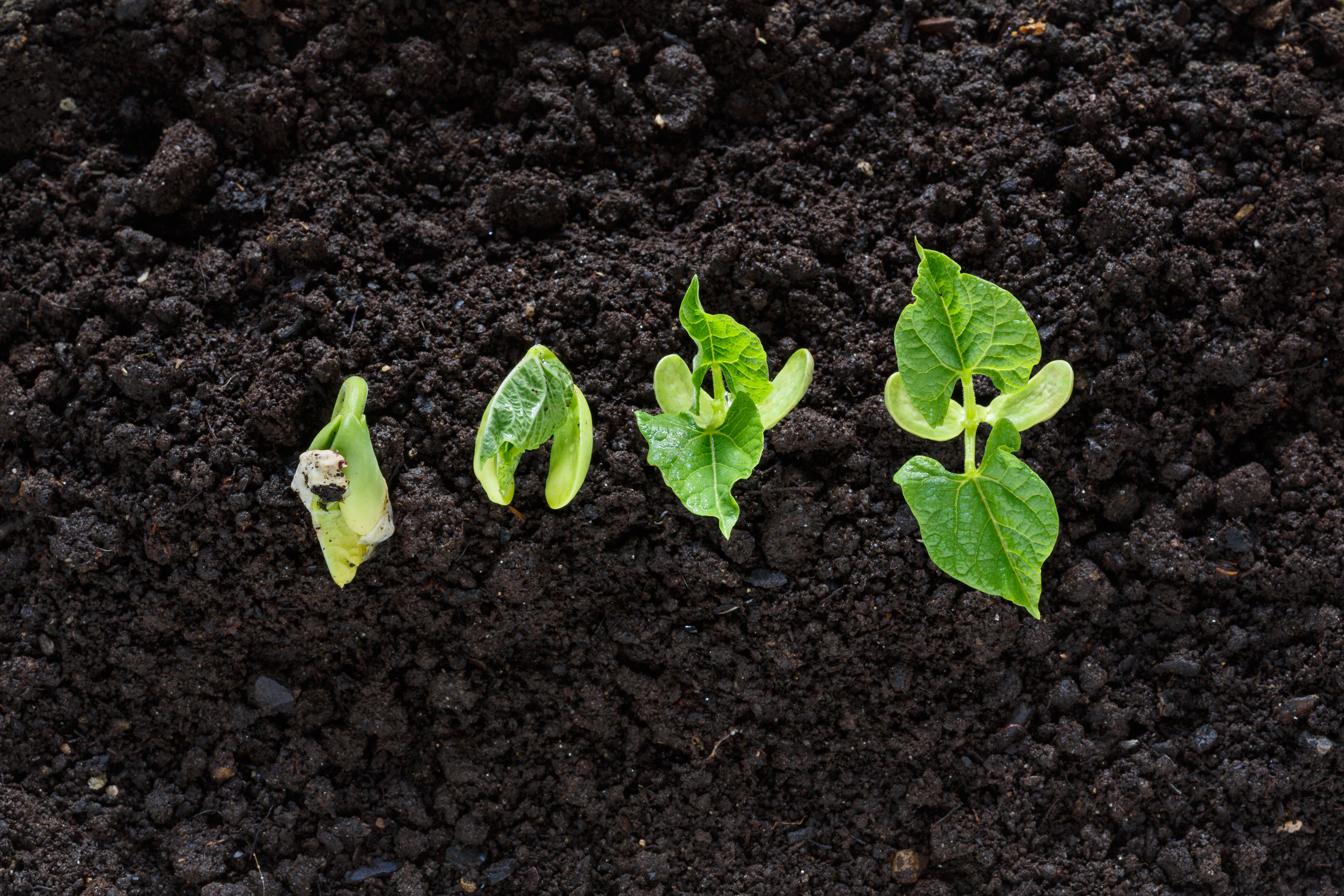- Multi-Disciplinary Greens Services Company
- B-BBEE Level 1

The importance of soil prep
Key to any landscape installation is good horticultural practice – and soil preparation is a crucial starting point...
Whether you’re installing a landscape in a commercial or residential setting, the ‘recipe’ remains the same. At Bidvest Top Turf, we benchmark ourselves against SALI (South African Landscapers Institute) specifications, which advocate for better landscaping through high standards of workmanship, whether you apply them to a tiny potted garden on a patio or to the massive rooftop garden of a corporate building.
Soil prep in general is quite a meaty subject – from how you prepare the area in terms of soilquality and type, to nutrients, plant selection, irrigation set-up and more.
First we carry out an assessment to determine the type of soil we’re dealing with on site, as knowing a soil’s texture will help you predict how it will behave under different conditions – it’s the first step towards creating the best conditions for your plants to flourish.
You have to consider the process holistically, from the start. What is the vision of the project? This will tell you what kinds of plants to use (the kind of plants that either the client wants or you suggest to them) and, consequently, the kind of soil you need to make them grow optimally – i.e. what soil structure would suit those plants better.
While there’s no such thing as a perfect soil, different plants grow best in different types of soil. Soil types vary from silt, to clay, to sandy, to a combination of the three known as loam, which is considered the most ideal for plant growth, mainly due to its water-retaining ability,balance of different-sized particles and overall pore space.
With clay, the particles are extremely fine and they clump and bind together when wet, making it a difficult soil type to work with. They drain poorly and have less pore space, so plant roots can suffer from a lack of oxygen. On the upside though, clay soils are often rich inplant nutrients.
In contrast, water travels through sandy soil very quickly, as the particles are much bigger. The downside is that this rapid drainage can affect healthy plant growth by washing away nutrients. Adding organic fertilizers and compost can help to offset this.
Thanks to our national footprint and understanding of the geographical idiosyncrasies and climate conditions of our country, at Bidvest Top Turf we already know that the Highveld, for instance, enjoys the benefit of good loamy soil as a natural component, whereas the closer you get to coastal areas, the sandier the soil becomes. Also, when confronted with sites containing a lot of backfill – or subsoil – we know immediately that a good dose of topsoil will be required here if plants are to thrive. The root zone that a plant grows in (trees have deeper roots, shrubs have medium roots and groundcovers have low roots) will determine how much topsoil is needed, so they never reach the subsoil.
A freshly installed landscape will have everything it needs, right down to optimal soil quality. In terms of maintaining it going forward however, the soil will filter down in time, losing nutrients, either by plant absorption or through the penetration of water into the soil. So, you’ll have to add nutrients to feed it – annually is ideal – in the form of compost and/or organic fertilizers; the responsible thing always being to promote organic to avoid the leaching of harmful chemicals into the water table.
The basics of soil preparation is something that anyone can apply, but it takes an expert to see the bigger picture of how today’s soil foundation will support and sustain tomorrow’s plant growth.
Get in touch with us today if, like us, you believe in good horticultural practice and laying the right foundations for landscape success.
